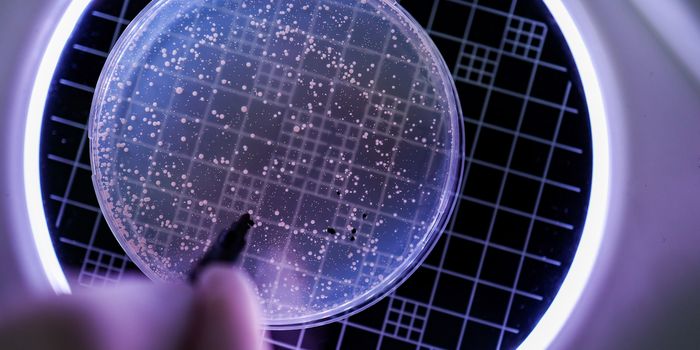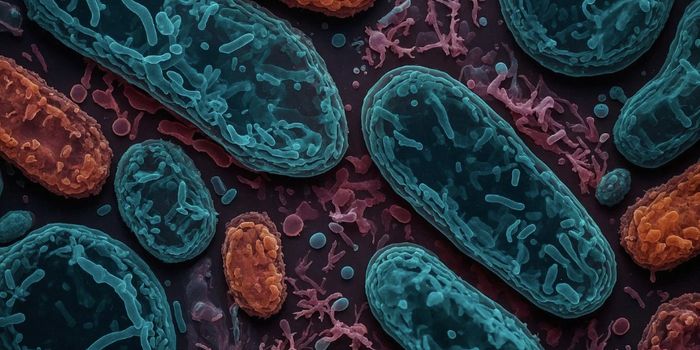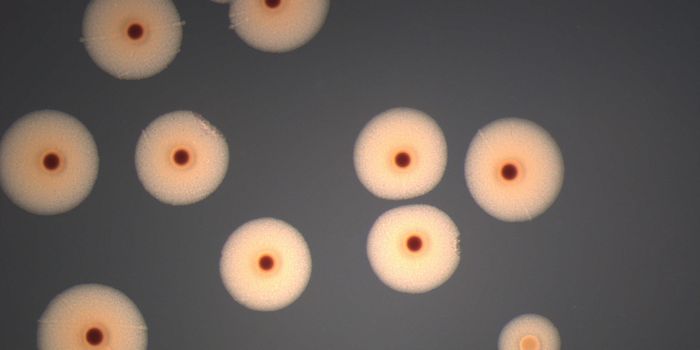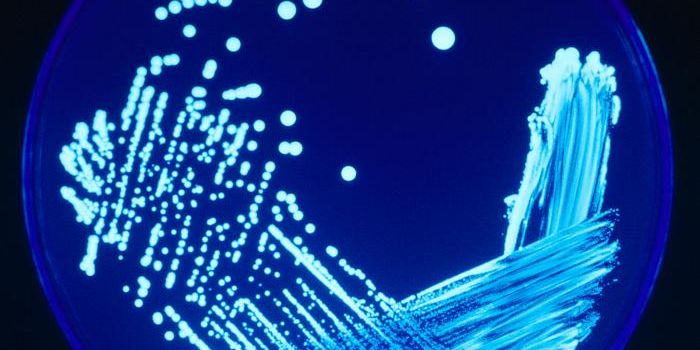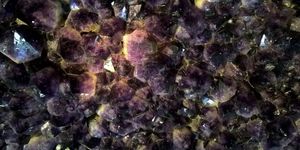Underground Microbes Use an Ancient Form of Energy Production
Organisms rely on a biological fuel known as ATP, which provides the energy for many processes. In cellular respiration, oxygen is used in a reaction to produce ATP. But researchers have found that two major groups of microbes that dwell beneath the surface of the Earth don't use oxygen. Instead, they generate energy through an ancient cellular process called fermentation. While the cells of many organisms including humans are also capable of fermentation, they usually only do so when they need to produce a lot of energy immediately, like for intense bursts of exercise.
"These microbes, which belong to the groups Patescibacteria and DPANN, are really special, really exciting examples of the early evolution of life," said study author Ramunas Stepanauskas, a senior research scientist at Bigelow Laboratory for Ocean Sciences. "They may be remnants of ancient forms of life that had been hiding and thriving in the Earth's subsurface for billions of years."
The research, which was reported in Frontiers in Microbiology, suggests that these microbes don't need symbiosis to survive, as was thought.
"Our findings indicate that Patescibacteria and DPANN are ancient forms of life that may have never learned how to breathe," Stepanauskas said. "These two major branches of the evolutionary tree of life constitute a large portion of the total microbial diversity on the planet - and yet they lack some capabilities that are typically expected in every form of life."
The investigators analyzed the genomes of Patescibacteria and DPANN and found they lacked the genes necessary for ATP synthesis. The simplicity of their genome led some to hypothesize that they were symbionts that relied on other organisms for survival. However, this work did not reveal any evidence of symbiosis.
"Dependence on other organisms is a feature of life," said Jacob Beam, a former postdoctoral researcher at Bigelow Laboratory and the lead author of this study. "There are no absolutes in biology, and our research shows that microbes can vary along the spectrum of interdependencies."
The most recent common ancestors of these microbial lineages also could not breathe, like their modern descendants. While there is oxygen in our atmosphere now, there wasn't any for Earth's first two billion years of existence. But even today, just a few hundred feet underground, not much has changed, and the life there may not have had to change either.
This research might help show what extraterrestrial microbial life might be like. Environments on other planets may be very similar to what's underneath the surface of Earth.
"This project would not have been possible without the collaboration of this diverse group of scientists collecting samples around the world and uniting their expertise," Beam said. "Through the collaboration of a global group of scientists working together, we know more about the inner workings of these microbes that form a major fraction of the total biodiversity on our planet."
Sources: AAAS/Eurekalert! via Bigelow Laboratory for Ocean Sciences, Frontiers in Microbiology


